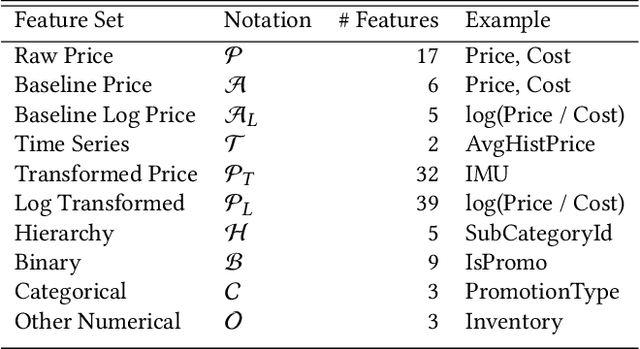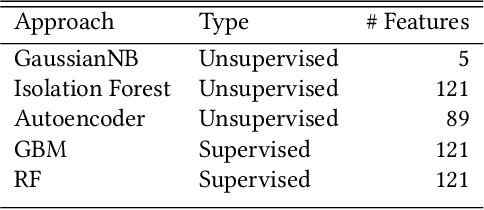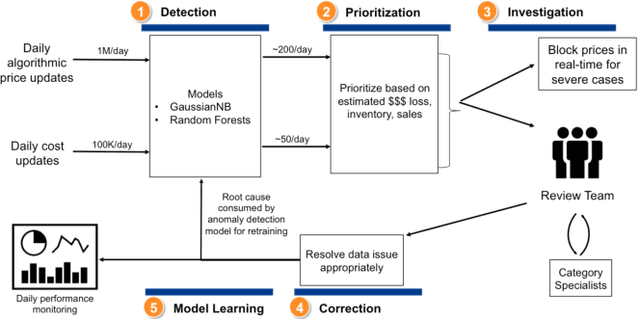Elham Shaabani
Detecting Pathogenic Social Media Accounts without Content or Network Structure
May 04, 2019



Abstract:The spread of harmful mis-information in social media is a pressing problem. We refer accounts that have the capability of spreading such information to viral proportions as "Pathogenic Social Media" accounts. These accounts include terrorist supporters accounts, water armies, and fake news writers. We introduce an unsupervised causality-based framework that also leverages label propagation. This approach identifies these users without using network structure, cascade path information, content and user's information. We show our approach obtains higher precision (0.75) in identifying Pathogenic Social Media accounts in comparison with random (precision of 0.11) and existing bot detection (precision of 0.16) methods.
An End-to-End Framework to Identify Pathogenic Social Media Accounts on Twitter
May 04, 2019



Abstract:Pathogenic Social Media (PSM) accounts such as terrorist supporter accounts and fake news writers have the capability of spreading disinformation to viral proportions. Early detection of PSM accounts is crucial as they are likely to be key users to make malicious information "viral". In this paper, we adopt the causal inference framework along with graph-based metrics in order to distinguish PSMs from normal users within a short time of their activities. We propose both supervised and semi-supervised approaches without taking the network information and content into account. Results on a real-world dataset from Twitter accentuates the advantage of our proposed frameworks. We show our approach achieves 0.28 improvement in F1 score over existing approaches with the precision of 0.90 and F1 score of 0.63.
Anomaly Detection for an E-commerce Pricing System
Apr 04, 2019



Abstract:Online retailers execute a very large number of price updates when compared to brick-and-mortar stores. Even a few mis-priced items can have a significant business impact and result in a loss of customer trust. Early detection of anomalies in an automated real-time fashion is an important part of such a pricing system. In this paper, we describe unsupervised and supervised anomaly detection approaches we developed and deployed for a large-scale online pricing system at Walmart. Our system detects anomalies both in batch and real-time streaming settings, and the items flagged are reviewed and actioned based on priority and business impact. We found that having the right architecture design was critical to facilitate model performance at scale, and business impact and speed were important factors influencing model selection, parameter choice, and prioritization in a production environment for a large-scale system. We conducted analyses on the performance of various approaches on a test set using real-world retail data and fully deployed our approach into production. We found that our approach was able to detect the most important anomalies with high precision.
Early Identification of Pathogenic Social Media Accounts
Sep 26, 2018



Abstract:Pathogenic Social Media (PSM) accounts such as terrorist supporters exploit large communities of supporters for conducting attacks on social media. Early detection of these accounts is crucial as they are high likely to be key users in making a harmful message "viral". In this paper, we make the first attempt on utilizing causal inference to identify PSMs within a short time frame around their activity. We propose a time-decay causality metric and incorporate it into a causal community detection-based algorithm. The proposed algorithm is applied to groups of accounts sharing similar causality features and is followed by a classification algorithm to classify accounts as PSM or not. Unlike existing techniques that take significant time to collect information such as network, cascade path, or content, our scheme relies solely on action log of users. Results on a real-world dataset from Twitter demonstrate effectiveness and efficiency of our approach. We achieved precision of 0.84 for detecting PSMs only based on their first 10 days of activity; the misclassified accounts were then detected 10 days later.
MIST: Missing Person Intelligence Synthesis Toolkit
Aug 29, 2016



Abstract:Each day, approximately 500 missing persons cases occur that go unsolved/unresolved in the United States. The non-profit organization known as the Find Me Group (FMG), led by former law enforcement professionals, is dedicated to solving or resolving these cases. This paper introduces the Missing Person Intelligence Synthesis Toolkit (MIST) which leverages a data-driven variant of geospatial abductive inference. This system takes search locations provided by a group of experts and rank-orders them based on the probability assigned to areas based on the prior performance of the experts taken as a group. We evaluate our approach compared to the current practices employed by the Find Me Group and found it significantly reduces the search area - leading to a reduction of 31 square miles over 24 cases we examined in our experiments. Currently, we are using MIST to aid the Find Me Group in an active missing person case.
 Add to Chrome
Add to Chrome Add to Firefox
Add to Firefox Add to Edge
Add to Edge